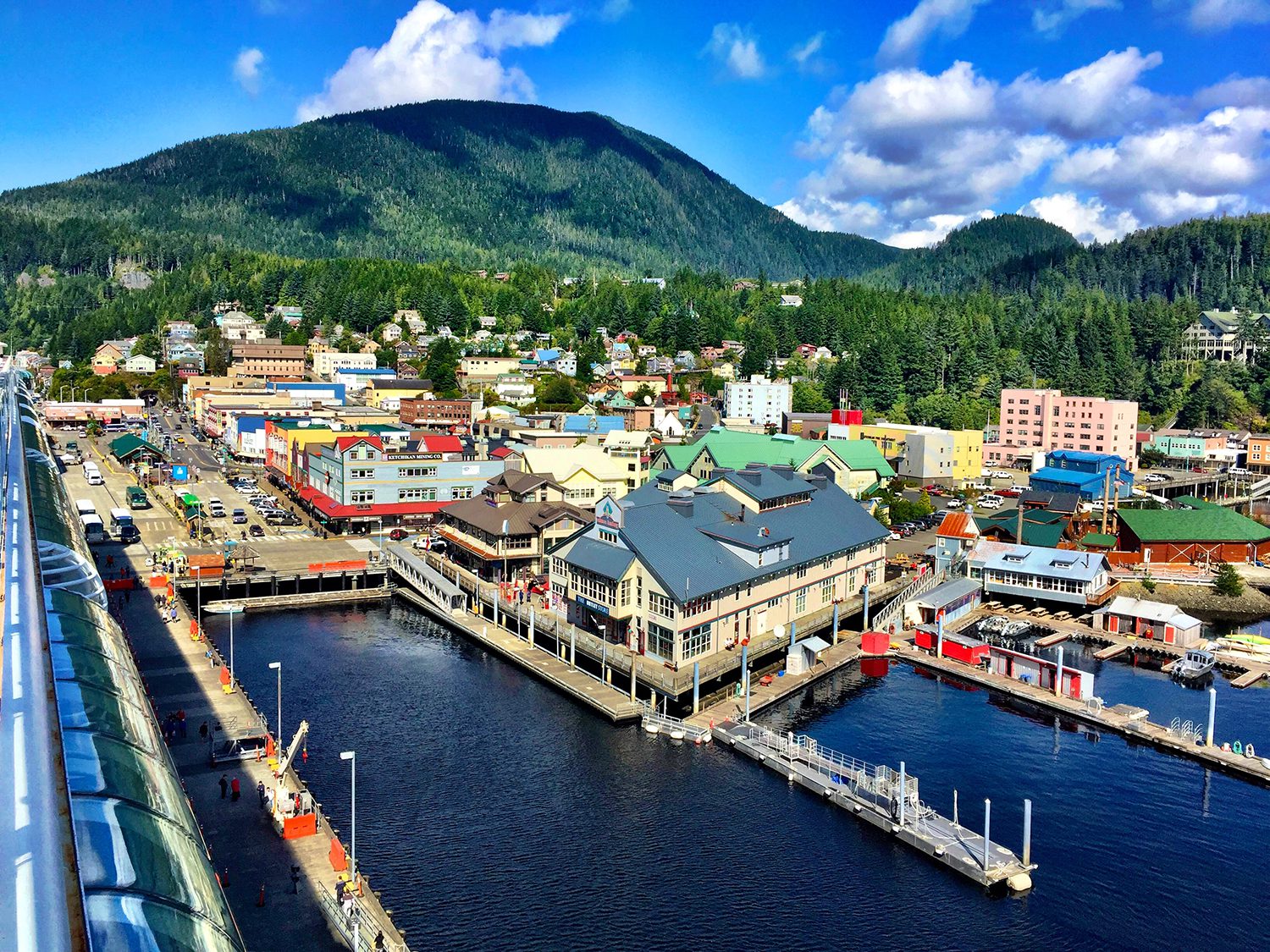Undersea Cable Project Enables Affordable FTTH for Alaskan Island
Randy Sukow
|

Ketchikan is an Alaskan city of about 8,200 people located on an island 700 miles south of Anchorage and 700 miles north of Seattle. No bridge connects it to the shore, making it a remote spot to build a broadband network. But the island’s telephone company, KPU Telecommunications (KPUT), has a fiber network reaching every resident. Following the recent completion of a $12 million undersea cable project, service up to 1 Gbps symmetrical is as high-quality and affordable as any location in the lower 48.

NRTC Managed Services proudly supports KPUT with back-office solutions, including residential email, network operation center services, after-hours Tier 1 internet support and promotional assistance with the Marketing Essentials Tool Kit.
Prior to the cable project, KPUT already had fiber-to-the-home and fiber-to-the-business to the entire island, but fed the network using a competitor’s undersea line, which affected performance and cost. “Starting in 2015, it became clear that ultimately we would exhaust all of our leased capacity, and could not afford to lease any more capacity,” said Ed Cushing, KPUT’s division manager. “So, we were limited in how fast a speed we could offer our customers, and/or our internet service would bog down or brown out during prime time.”
The new underwater cable went into operation on Nov. 7, 2020, after a year of construction. The telco immediately stopped using the leased feed. “At that point, 1.) we immediately began saving money via owning vs. leasing and 2.) we immediately gained a network with unlimited capacity compared to leasing a network with very limited capacity,” Cushing said. “Yes, the new cable pays for itself.”
A KPUT video describing the project compares the Ketchikan cable to the four already existing undersea cables currently connecting Alaska to the lower 48 (see map above). “All four cables cross major fault lines and are vulnerable to seismic activity. KPUT’s new cable does not cross these fault lines making it nearly impervious to going dark following an earthquake,” the video says.
The other cables go out to sea to connect several points in Alaska. KPUT instead cut the line’s needed undersea distance to 100 miles by routing through Prince Rupert, BC, and using Canadian fiber networks to complete the connection to a Seattle access point. “Between Ketchikan and Seattle, latency is approximately 25 [milliseconds], which is excellent,” Cushing said.
Along with the top 1 gigabit tier, KPUT is offering 150, 350 and 650 Mbps options, each symmetrical, or same speed in both directions. Cushing calls it “the gold standard for people who game, who participate in Zoom meetings and for professionals or students who must upload large files.”
The availability of middle-mile links from remote communities to internet access points is a major issue in much of rural America. The Ketchikan experience demonstrates how smart investment and planning can solve extreme middle-mile problems.


